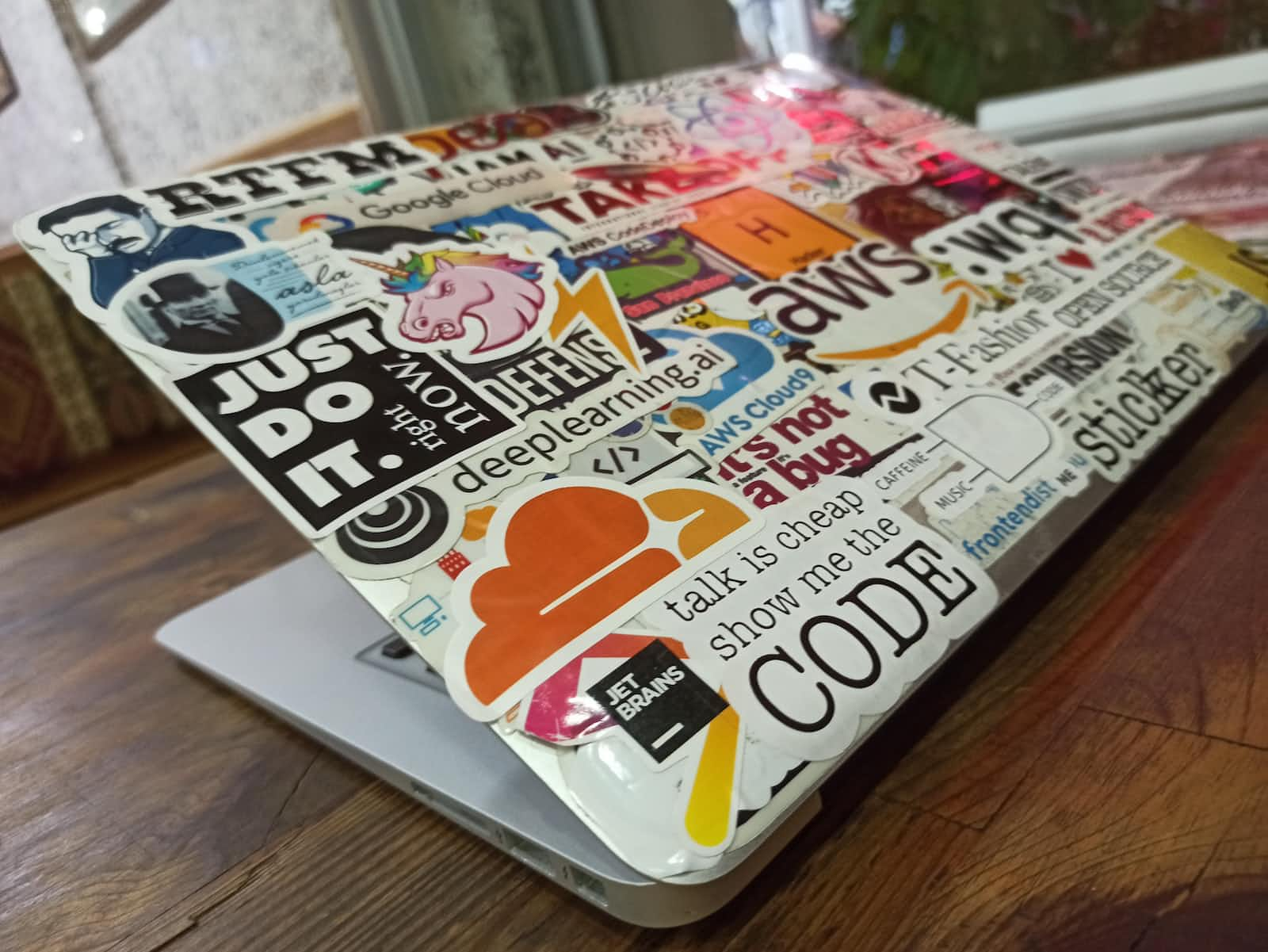Become an AWS SAM Pro: Tips and Tricks for Running Lambda Functions Locally
 VIVEK RAJYAGURU
VIVEK RAJYAGURU
As we move towards the cloud-native era, the demand for serverless architecture is on the rise. AWS SAM (Serverless Application Model) is a framework for creating serverless applications using AWS Lambda, API Gateway, and other AWS services. AWS SAM simplifies the process of building, testing, and deploying serverless applications by providing a declarative way of defining the application’s infrastructure and resources. In this article, we will explore the benefits of running Lambda functions locally and learn how to use the AWS SAM CLI (Command Line Interface) to create a local development environment for building and testing serverless applications.
Benefits of Running Lambda Functions Locally
In the traditional development cycle, developers write code, test it on their local machines, and then deploy it to the production environment. However, with serverless applications, the development cycle is different. Developers write code for Lambda functions, which are then deployed to AWS, and then tested in the cloud. This process can be time-consuming and expensive, especially for large-scale applications.
Running Lambda functions locally allows developers to test their code without deploying it to the cloud. This saves time, reduces costs, and allows developers to iterate quickly. Additionally, local testing can help identify issues that may not be apparent in the cloud environment, such as network latency or resource constraints.
Understanding the AWS SAM CLI
The AWS SAM CLI is a command-line tool that allows developers to build, test, and deploy serverless applications locally. It provides a local development environment that emulates the AWS Lambda runtime and other AWS services. The AWS SAM CLI uses Docker to create a local environment that is similar to the AWS Lambda service in the cloud.
The AWS SAM CLI provides several commands for building, testing, and deploying serverless applications. These commands include:
sam init: Initializes a new AWS SAM project.sam build: Builds the AWS SAM project and generates artifacts for deployment.sam local invoke: Invokes a Lambda function locally using a JSON event.sam local start-api: Starts a local API Gateway for testing API endpoints.sam deploy: Packages and deploys the AWS SAM project to AWS.
Installing and Setting up AWS SAM CLI
To get started with the AWS SAM CLI, you need to have Docker and Python 3.6 or higher installed on your local machine. Once you have installed these prerequisites, you can install the AWS SAM CLI using the following command:
pip install aws-sam-cli
You can verify that the AWS SAM CLI is installed correctly by running the following command:
sam --version
This will display the current version of the AWS SAM CLI.
Creating a Local Development Environment with SAM CLI
To create a local development environment for building and testing serverless applications, you can use the sam init command. This command initializes a new AWS SAM project and generates a basic project structure. You can choose from several templates, including Node.js, Python, and Java.
Once you have initialized the project, you can use the sam build command to build the project and generate artifacts for deployment. The sam build command uses Docker to create a local environment that is similar to the AWS Lambda runtime environment.
Running Lambda Functions Locally with SAM CLI
To invoke a Lambda function locally using the AWS SAM CLI, you can use the sam local invoke command. This command allows you to test your Lambda function with a JSON event. You can specify the input event using a JSON file or by passing the event as a command-line argument.
For example, to invoke a Lambda function named my-function with a JSON event named event.json, you can use the following command:
sam local invoke my-function --event event.json
The sam local start-api command allows you to start a local API Gateway for testing API endpoints. This command starts a local HTTP server that listens for incoming requests and routes them to the appropriate Lambda function. You can specify the API configuration using a Swagger file or by passing the configuration as a command-line argument.
Using SAM CLI to Package and Deploy AWS Lambdas
The sam deploy command packages and deploys the AWS SAM project to AWS. This command creates a CloudFormation stack and deploys the packaged artifacts to the stack. You can specify the AWS region, stack name, and other deployment parameters using a configuration file or by passing the parameters as command-line arguments.
The sam package command packages the AWS SAM project and generates a CloudFormation template. This template can be used to deploy the project to AWS using the aws cloudformation deploy command. The sam package command generates a ZIP file containing the Lambda function code and dependencies.
Comparing AWS SAM with CloudFormation and CDK (Cloud Development Kit)
AWS SAM is a framework for building serverless applications using AWS Lambda, API Gateway, and other AWS services. It provides a declarative way of defining the application’s infrastructure and resources. CloudFormation is a service that enables automation and management of AWS resources using templates. CDK is an open-source software development framework to define cloud infrastructure in code and provision it through AWS CloudFormation.
AWS SAM is built on top of CloudFormation and provides an easier way to define serverless applications. SAM is focused on serverless applications, whereas CloudFormation is more generic and can be used to provision any AWS resource. CDK is a higher-level abstraction on top of CloudFormation and provides a modern programming model for defining AWS infrastructure.
Tips and Tricks for Using AWS SAM CLI for Local Development
Use the
sam initcommand to create a new AWS SAM project and choose a template based on your programming language and application requirements.Use the
sam buildcommand to build the project and generate artifacts for deployment. This command uses Docker to create a local environment that is similar to the AWS Lambda runtime environment.Use the
sam local invokecommand to invoke a Lambda function locally with a JSON event. This command allows you to test your Lambda function without deploying it to AWS.Use the
sam local start-apicommand to start a local API Gateway for testing API endpoints. This command starts a local HTTP server that listens for incoming requests and routes them to the appropriate Lambda function.Use the
sam deploycommand to package and deploy the AWS SAM project to AWS. This command creates a CloudFormation stack and deploys the packaged artifacts to the stack.
Troubleshooting Common Issues with Running Lambda Functions Locally
Running Lambda functions locally with the AWS SAM CLI can sometimes result in issues that are not apparent in the cloud environment. Here are some common issues and their solutions:
ModuleNotFoundError: This error occurs when the required module is not found. Make sure that all the dependencies are installed in the local environment usingnpm installorpip install.Missing credentials: This error occurs when the AWS credentials are not configured correctly. Make sure that the AWS credentials are configured correctly using theaws configurecommand.SyntaxError: This error occurs when there is a syntax error in the Lambda function code. Check the Lambda function code for any syntax errors and fix them.
Conclusion and Resources for Further Learning
In this article, we explored the benefits of running Lambda functions locally and learned how to use the AWS SAM CLI to create a local development environment for building and testing serverless applications. We discussed the various commands provided by the AWS SAM CLI and how to use them to build, test, and deploy serverless applications. We also compared AWS SAM with CloudFormation and CDK and provided tips and tricks for using the AWS SAM CLI for local development.
To learn more about AWS SAM and serverless development, check out the following resources:
Now, it’s time to start building your own serverless applications using AWS SAM and the AWS SAM CLI!
Subscribe to my newsletter
Read articles from VIVEK RAJYAGURU directly inside your inbox. Subscribe to the newsletter, and don't miss out.
Written by

VIVEK RAJYAGURU
VIVEK RAJYAGURU
I am an accomplished technology professional with 8 years of experience in developing and implementing software solutions using Java, NodeJS, and Python. My expertise also includes cloud computing platforms such as AWS and Azure, as well as experience in CI/CD and DevOps practices using Jenkins and Terraform. With a background in data engineering, I am well-versed in using PySpark, Big Data, and Hadoop to develop robust data pipelines and drive insights from large datasets. My experience in working on complex projects in the IoT, cloud, and healthcare domains has given me a deep understanding of the unique challenges and opportunities in these fields. In my current role as Technical lead, I have demonstrated my ability to lead teams in designing and implementing scalable and secure software solutions. I have also played a critical role in driving innovation and continuous improvement through the adoption of new technologies and best practices. I am passionate about staying up-to-date with emerging technologies and contributing to the wider technology community. In my free time, I enjoy contributing to open-source projects and mentoring aspiring technology professionals. 2X AWS Certified, Cloud Developer Associate, Cloud Solution Architect Associate